In a Nutshell:
- Shelf Life: Rice vinegar has a shelf life of about 2-3 years and easily lasts for years beyond the printed date. Once opened, it keeps quality for at least 1 – 2 years.
- Spoilage: While it’s rare for rice vinegar to go bad, it can happen. Telltale signs include a change in color, an off smell, or a strange taste.
- Storage Methods: Store your rice vinegars in a cool, dark place, tightly sealed. No need for refrigeration, even after opening.
We’ve all been there – staring at that mysterious bottle of rice vinegar at the back of the pantry, questioning its age, whether it’s still good for your salad dressings, marinades, and stir-fries, or if it’s time for it to meet the trash bin.
If you’ve ever wondered, “Does rice vinegar go bad?” or, “How can I properly store it?” this article is for you. We’re diving into the nitty-gritty of rice vinegar’s shelf life, signs of spoilage, and storage methods to put your mind at ease and keep your Asian cuisine game strong.
Let’s jump right in.
Table of Contents
- How Long Does Rice Vinegar Last?
- How to Tell if Rice Vinegar is Bad?
- Misunderstood Changes: All is Not Lost!
- Does Rice Vinegar Need to Be Refrigerated?
- How to Store Rice Vinegar
How Long Does Rice Vinegar Last?
Unopened rice vinegar has a shelf life of 2-3 years and lasts for years past the best-by date. Once you open the bottle, the vinegar should keep great quality for at least 1 to 2 years but will stay safe pretty much indefinitely.
(Plus, just like that unassuming bottle of Sriracha or Tabasco sauce, it doesn’t require refrigeration even after opening.)
That’s the gist of it. Now, let’s talk about the details.
Unopened
Unopened rice vinegar lasts years without much care needed. As long as it sits in a dark and cool place, it’ll be fine.
That said, it might gradually lose quality if stored for more than a few years beyond the printed date. It’s more like balsamic vinegar than white distilled vinegar in this way.
After Opening
An opened bottle of rice vinegar keeps best quality for 1 to 2 years even if you don’t refrigerate it. And it’ll stay safe to use and pretty good quality-wise for much longer, assuming proper storage.
Thanks to its acidity (though it typically doesn’t contain as much acetic acid as distilled vinegar), rice vinegar still has a good run even after you’ve popped the cap. This acidity creates an environment that’s not very friendly to bacteria, meaning that a half-open can sit on the shelf for quite some time without spoiling, just like Worcestershire sauce or soy sauce can.
So, even if you only use it occasionally, that leftover rice vinegar isn’t going anywhere fast.
All that said, the vinegar made from fermented rice doesn’t retain quality forever. Over time, it might lose some of its freshness and complex taste. So while there’s no rush in using it, waiting until your future grandkids grow up to taste your perfectly-aged rice vinegar might not be the best idea, either.
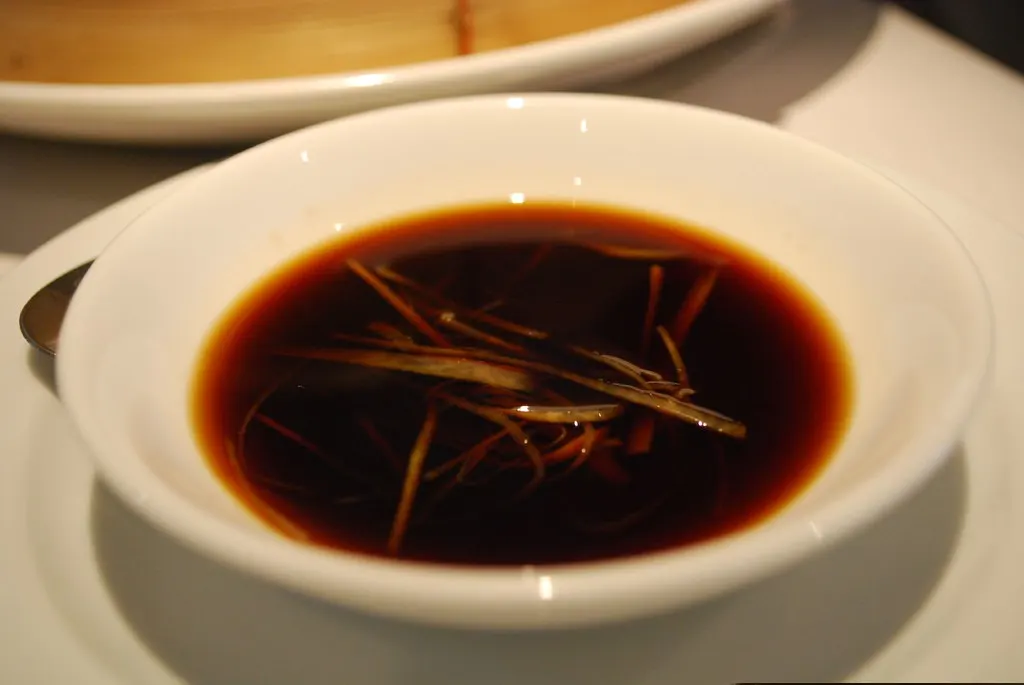
Expired
“But what if it’s past its expiration date?” you may ask, much like when you discover a forgotten bottle of barbecue sauce or apple cider vinegar in the back of your cupboard.
Well, you’re in luck.
Because of the self-preserving qualities of vinegar, the “best by date” on a bottle of rice vinegar is more about optimal quality than safety. In other words, it’s not an expiration date.
So, while your expired rice vinegar might not pack the same punch, it’s likely still safe to use.
As long as it’s been stored correctly and hasn’t developed any spoilage signs, your rice vinegar should be good to use long after you’ve forgotten about that bottle of teriyaki sauce hiding behind it.
And speaking of spoilage signs, let’s dive into what you need to look out for to ensure your rice vinegar is still in prime condition for your Asian dishes and other cooking adventures.
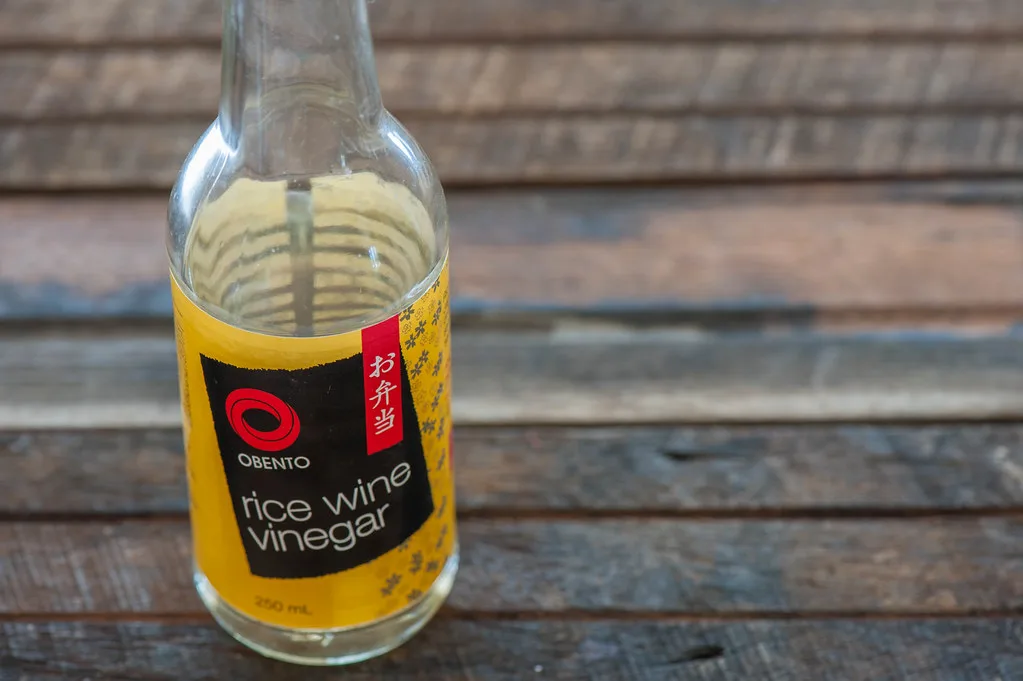
How to Tell if Rice Vinegar is Bad?
Just like you’d spot a spoiled ketchup or off mayonnaise, it’s pretty straightforward to identify bad rice vinegar. Your rice vinegar is bad if there’s a change in the vinegar’s color, an odd smell, or a strange taste, it’s likely gone bad.
Now, let’s dig into these signs a bit more.
Change in Color
The first thing to look for is a change in the vinegar’s color. Just like when you’re checking on your cocktail sauce or Dijon mustard, color can be a big giveaway. If your once-clear rice vinegar has taken on a much darker, murkier hue, it’s probably past its prime.
Of course, keep in mind that there are different rice vinegar varieties in a few colors, depending on how they’re made. Besides the most popular rice vinegar (komezu) that’s clear, there’s also, for instance, akazu, a red vinegar. So when you’re checking for color change, make sure you’re comparing apples to apples.
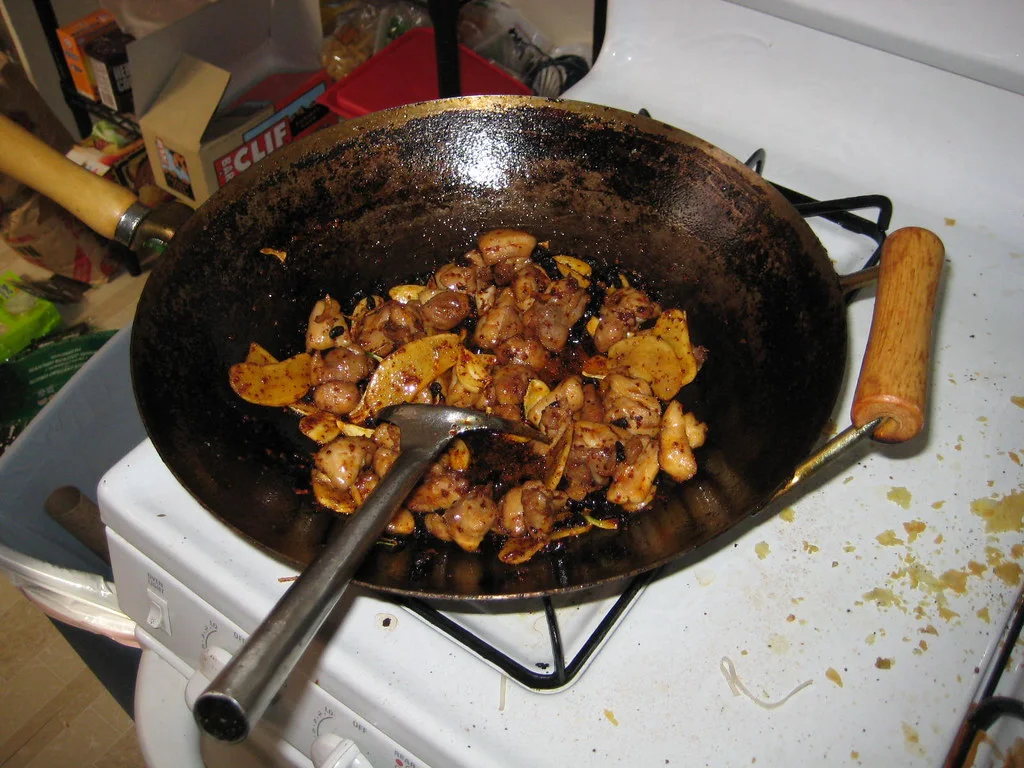
Unusual Smell
Next up, give it a sniff. A noticeable off smell is another clear sign of spoilage.
Rice vinegar has a mild, slightly sweet scent. If it smells harsh, sour, or just plain nasty, much like when your horseradish or fish sauce takes a turn for the worse, it’s likely time to ditch it.
Strange Taste
Lastly, the taste test. Rice vinegar, thanks to its acetic acid, has a tart, crisp flavor. If it has an unusually sour taste or has lost its tanginess, it’s time to replace it.
Now that you know what to look out for, let’s move on to some changes you might find concerning but are actually perfectly okay.
Misunderstood Changes: All is Not Lost!
Sediment in the Bottle
Seeing sediment or “floaties” in your rice vinegar? Don’t panic! It’s not a sign of spoilage, but a natural process in this pantry staple.
Sediment can form over time due to the vinegar’s natural components, which doesn’t make it any worse for a salad dressing or sushi rice.
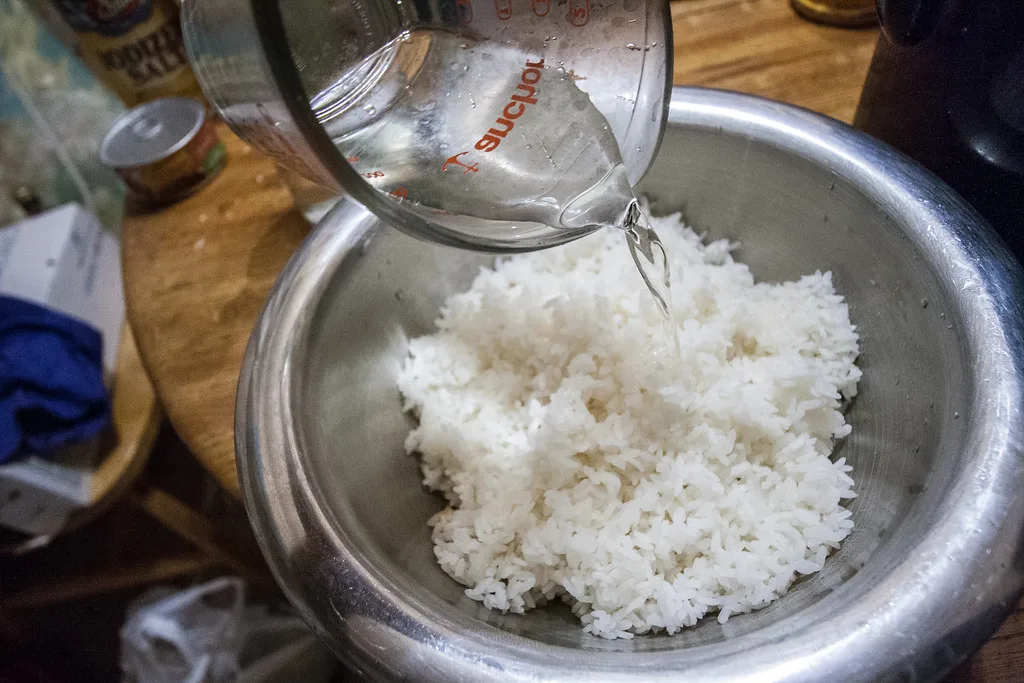
Mother of Vinegar
Ever spotted a weird, jelly-like substance in your rice vinegar and panicked?
Meet the ‘Mother of Vinegar,’ the harmless substance that might give you a bit of a shock. This ‘mother’ is a natural product of the vinegar-making process, much like the harmless but equally alarming ‘scoby’ in kombucha. It’s a mix of yeast and bacteria that can form in vinegar over time.
In other words, this stuff floating in your bottle isn’t mold growth. And if you notice some cloudiness near the bottom of the vinegar bottle, that’s the mother starting to form.
Despite its eerie name and appearance, the ‘Mother of Vinegar’ doesn’t mean your rice vinegar has gone bad. Quite the opposite – it’s often seen as a sign of a high-quality, natural vinegar, much like seeing ‘molasses‘ on the ingredient list of a good barbecue sauce.
If it bothers you, you can strain it out using coffee filters or a cheesecloth, or just leave it be.
Changes in Flavor Over Time
Has your rice vinegar lost some of its punch? Again, don’t be alarmed.
Over time, rice vinegar, like mustard or hot sauce, may lose some of its peak quality and flavor. It doesn’t mean it’s spoiled, but it might not give your dishes the same zing.
Knowing that, let’s talk about storage practices that will help prolong the shelf life of this acidic product.
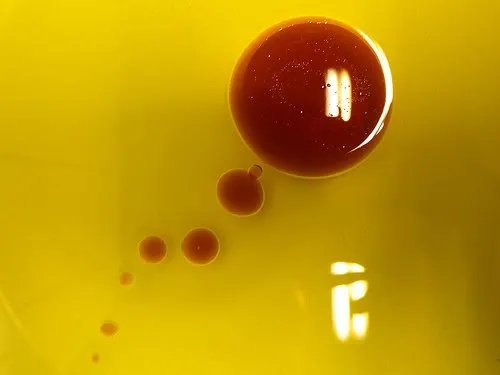
Image used under Creative Commons from fdecomite
Does Rice Vinegar Need to Be Refrigerated?
In a word, no. Whether unopened or opened, rice vinegar doesn’t need to be refrigerated. It’s shelf stable and pretty self-sufficient, unlike your ranch or Italian dressing that demands a spot in the fridge post-opening.
Rice vinegar’s impressive shelf stability comes from its acidic nature, which helps it stay fresh and resist bacterial growth. This means that, unlike other condiments like tartar sauce or gochujang, your rice vinegar can comfortably sit in your pantry at room temperature, even after opening.
Why Not Refrigerate?
You might be thinking, “Well, it won’t hurt to refrigerate it, right?” Technically, you’re right. But consider this: do you really want another bottle hogging up precious fridge space?
Besides, rice vinegar stored at room temperature is always ready for action. No need to wait for it to warm up like that stick of butter you forgot to take out of the fridge.
That said, some brands recommend refrigerating their rice vinegar after opening so that the condiment retains the original taste for longer. And you’re free to follow that advice.
Now that we’ve cleared up the refrigeration question, let’s move on to the best way to store rice vinegar to keep it at peak quality.
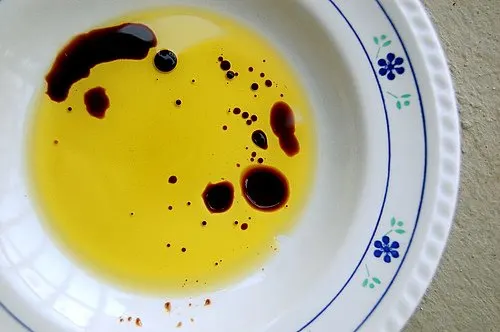
Image used under Creative Commons from stvcr
How to Store Rice Vinegar
Storing rice vinegar correctly is a breeze once you know the basics.
Location, Location, Location
The key to happy, long-lasting rice vinegar is a cool, dark place. Direct sunlight can degrade the quality over time and turn your vinegar darker, so tuck it away in a pantry or a dark cupboard, out of the path of any sunbeams.
Sealed and Secure
Always keep the bottle tightly sealed. This stops any potential contaminants from getting in and prevents the vinegar from oxidizing. Glass bottles are your best bet for storage, as they don’t react with the vinegar.
Be Mindful of Cross-Contamination
When using your vinegar, avoid dipping any utensils directly into the bottle that might introduce food particles or bacteria. It’s like double-dipping with your anchovy paste or tomato paste – a no-go if you want your condiments to live their longest life.
